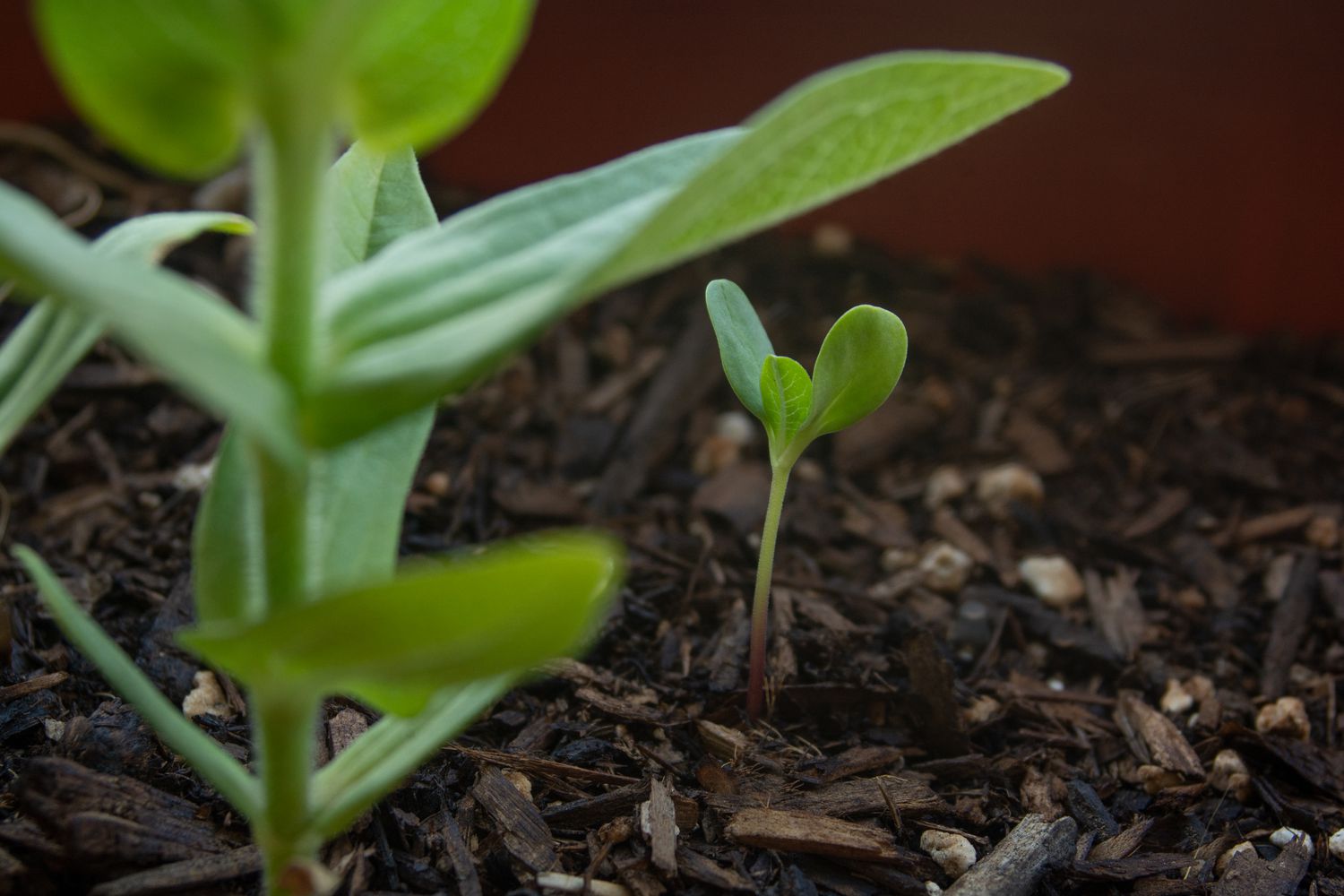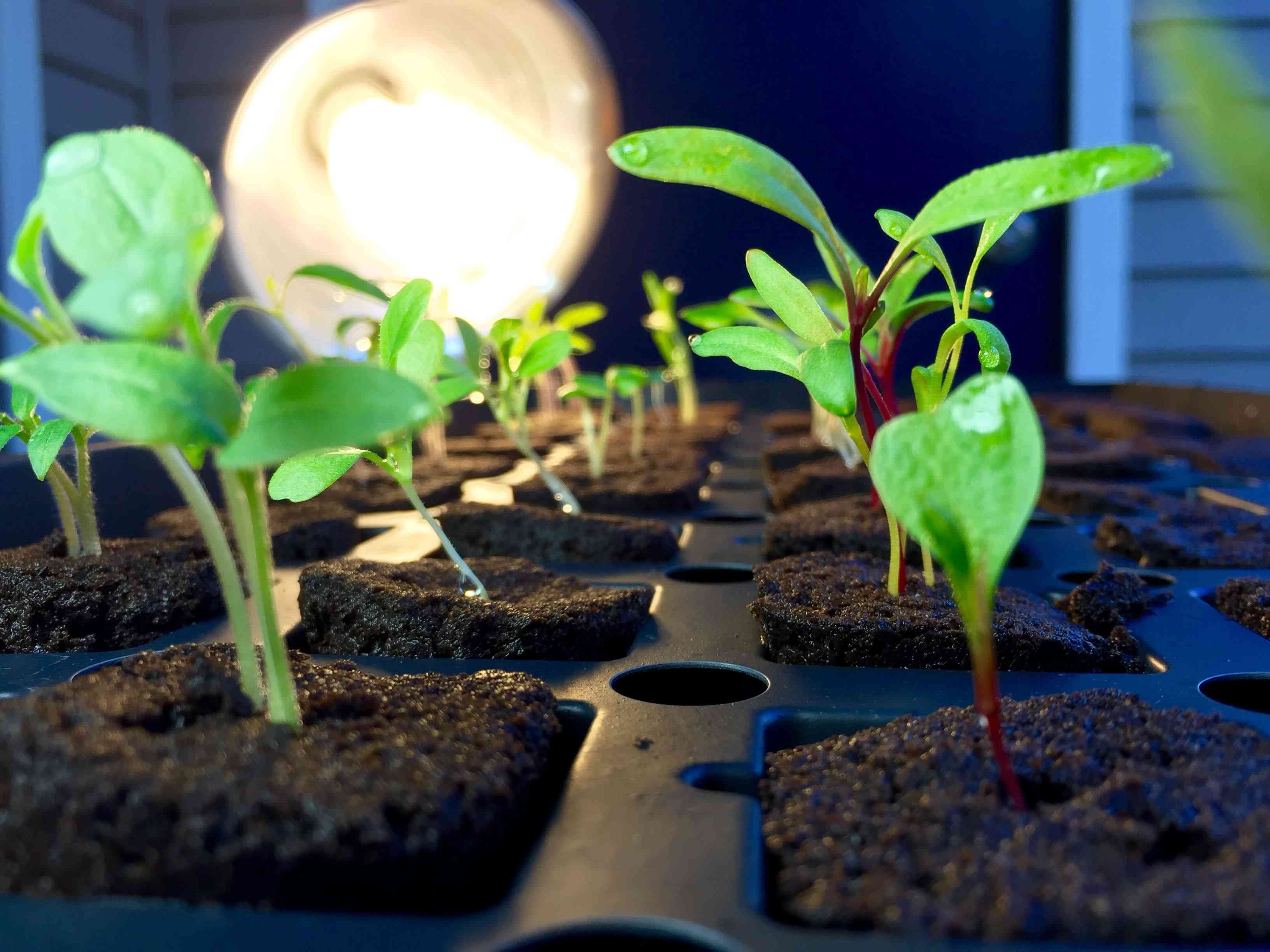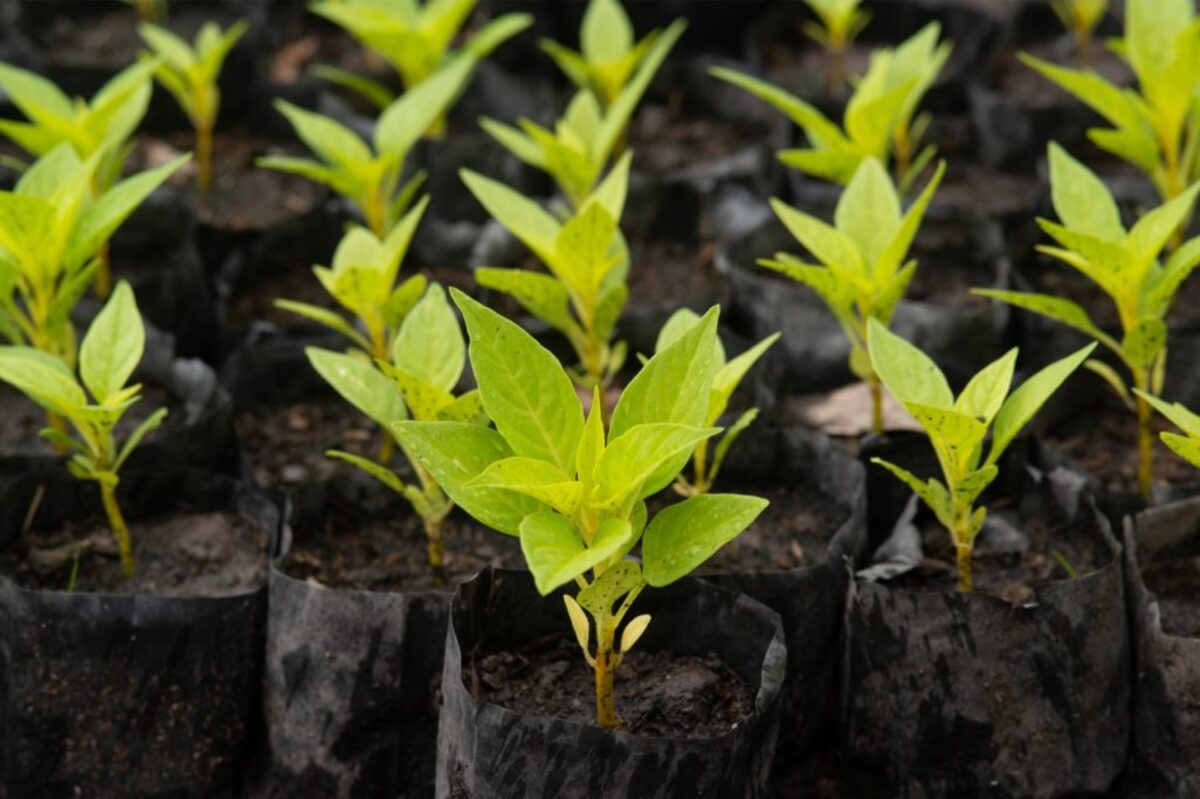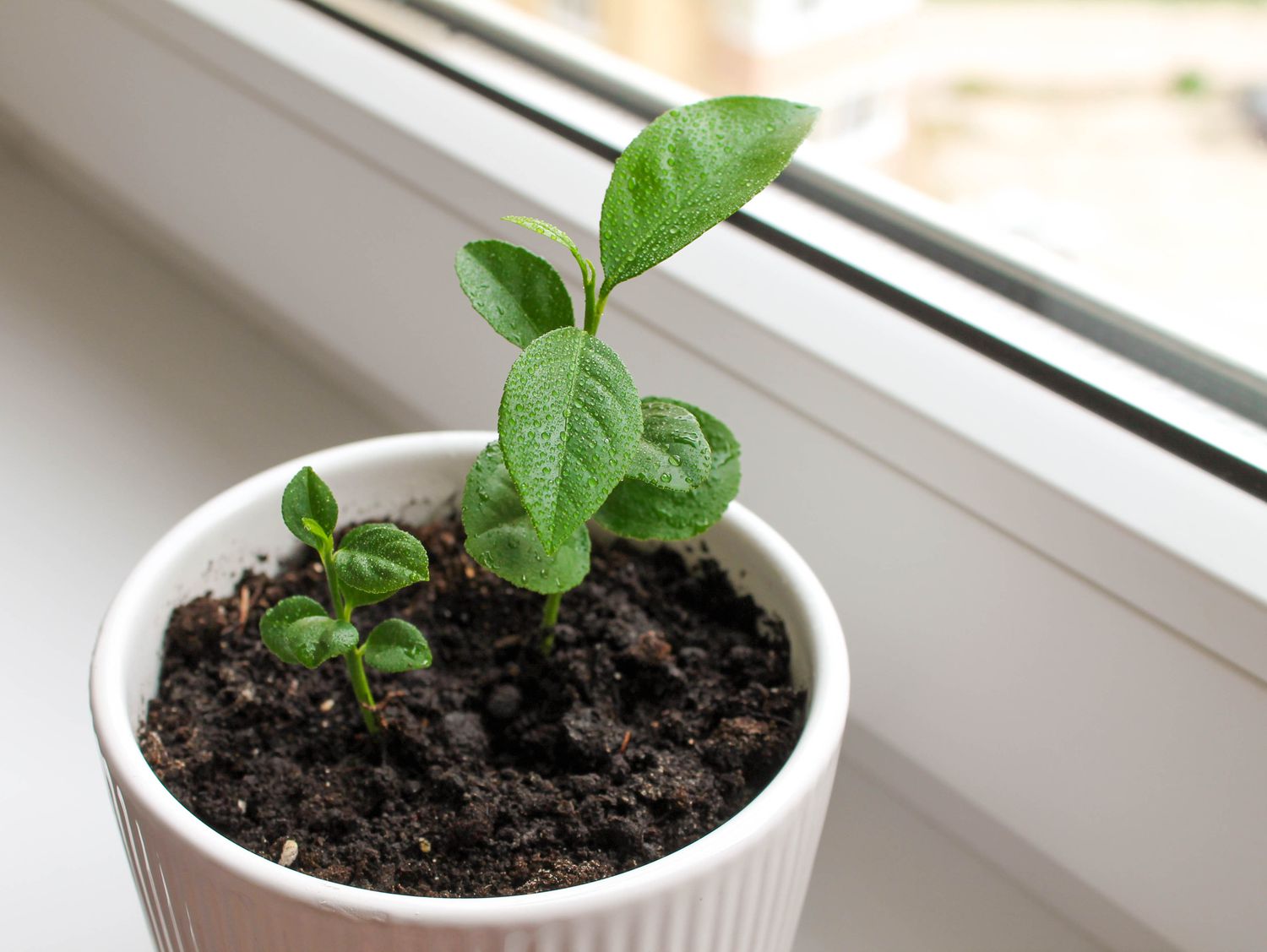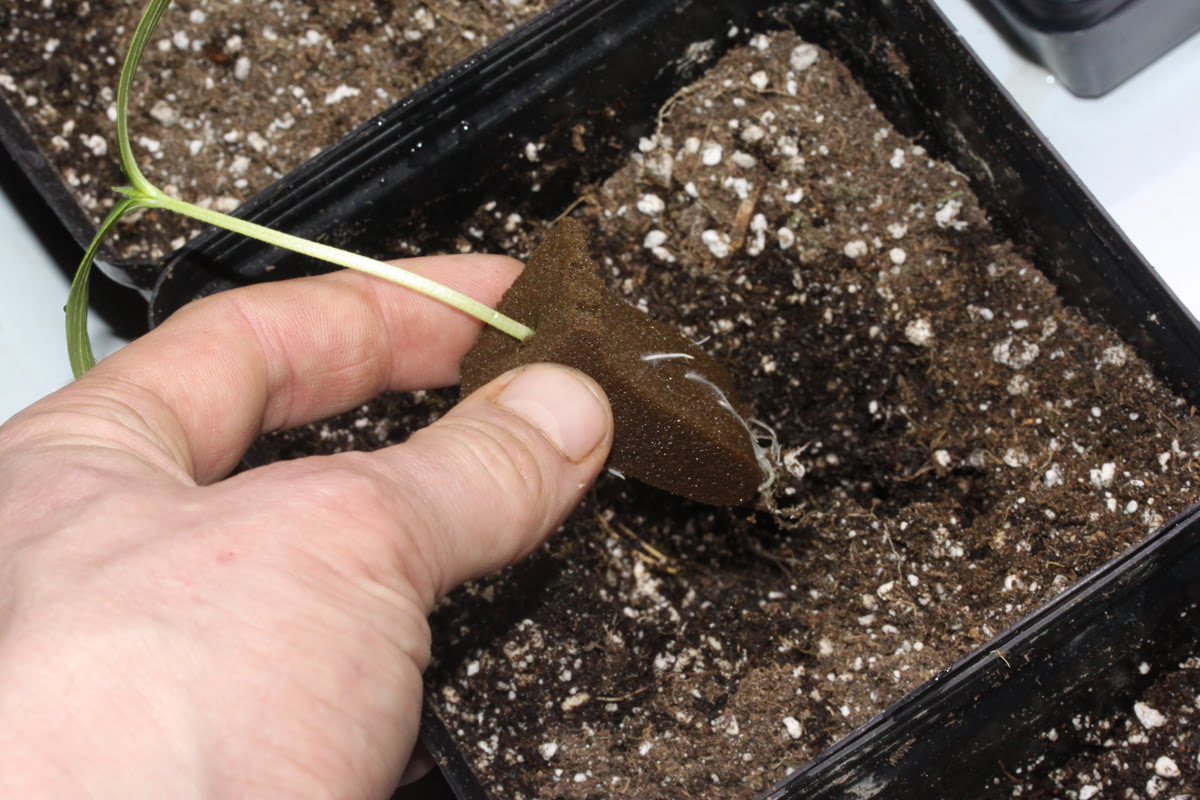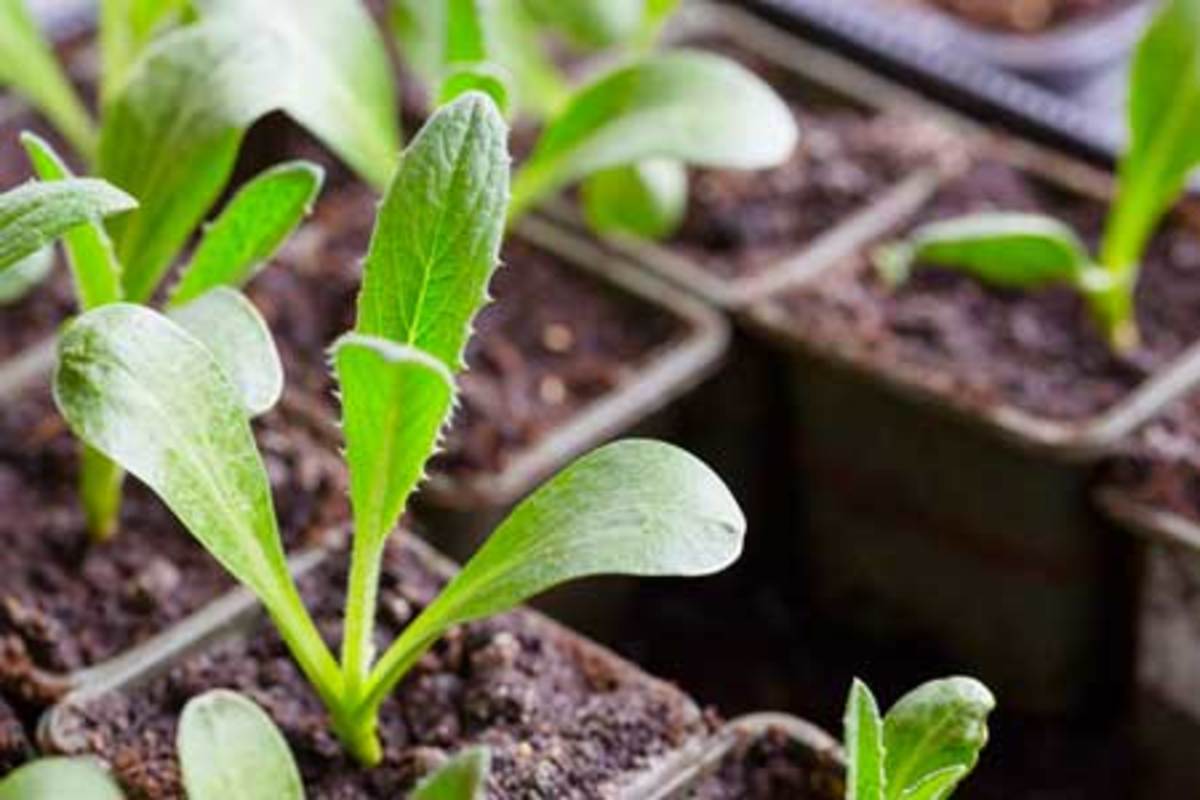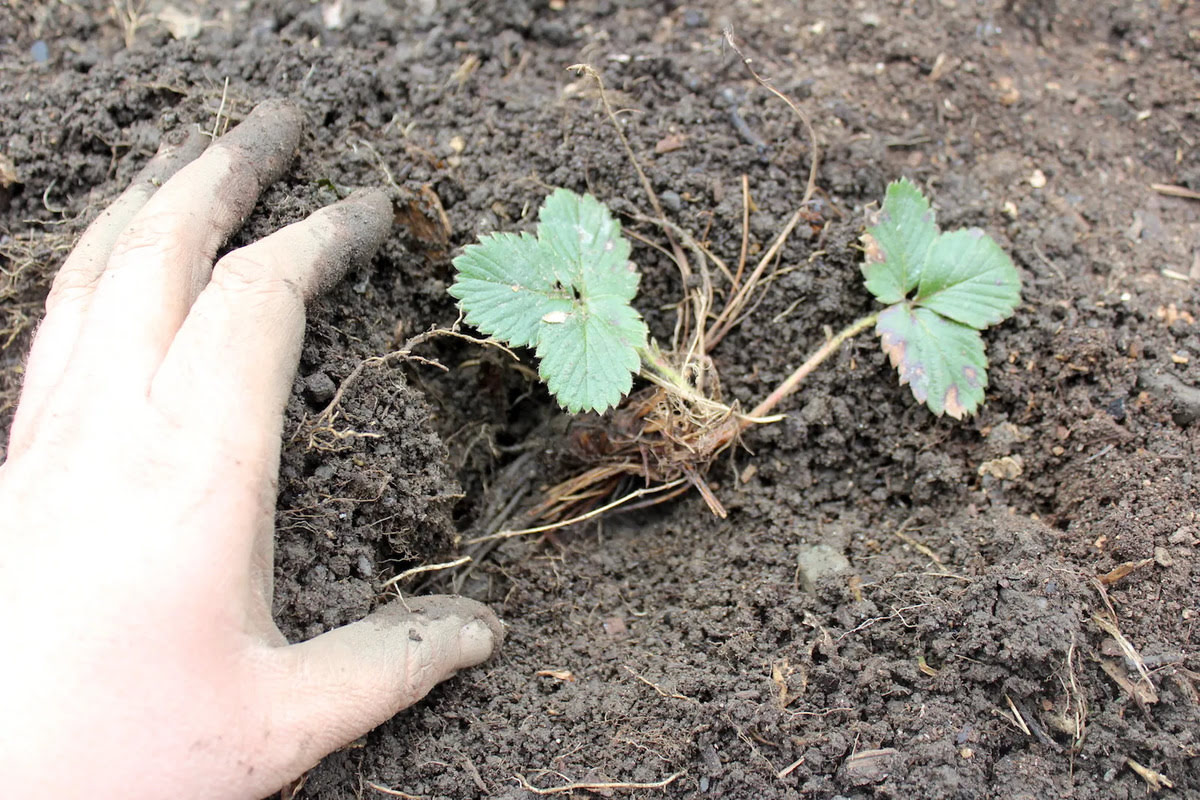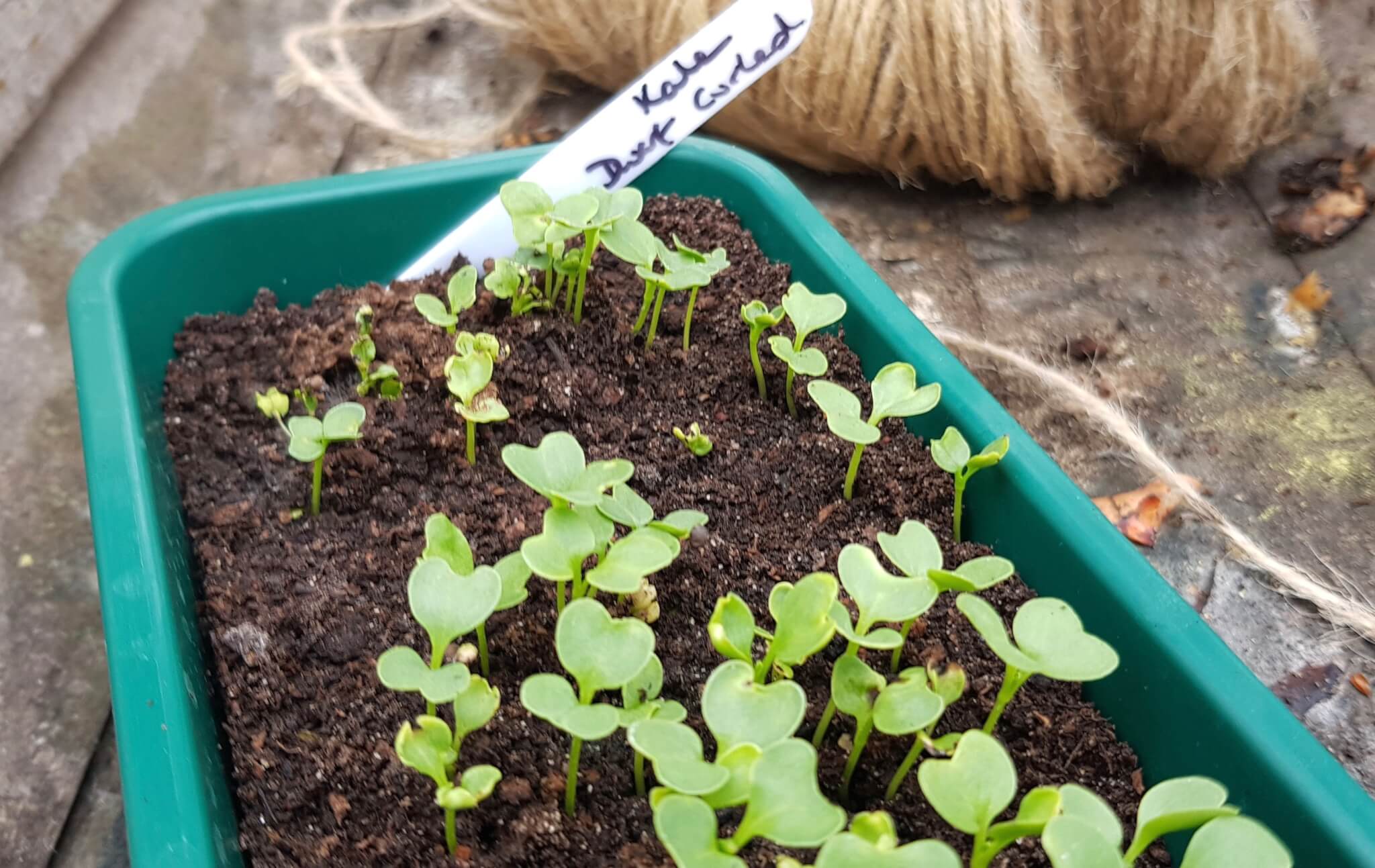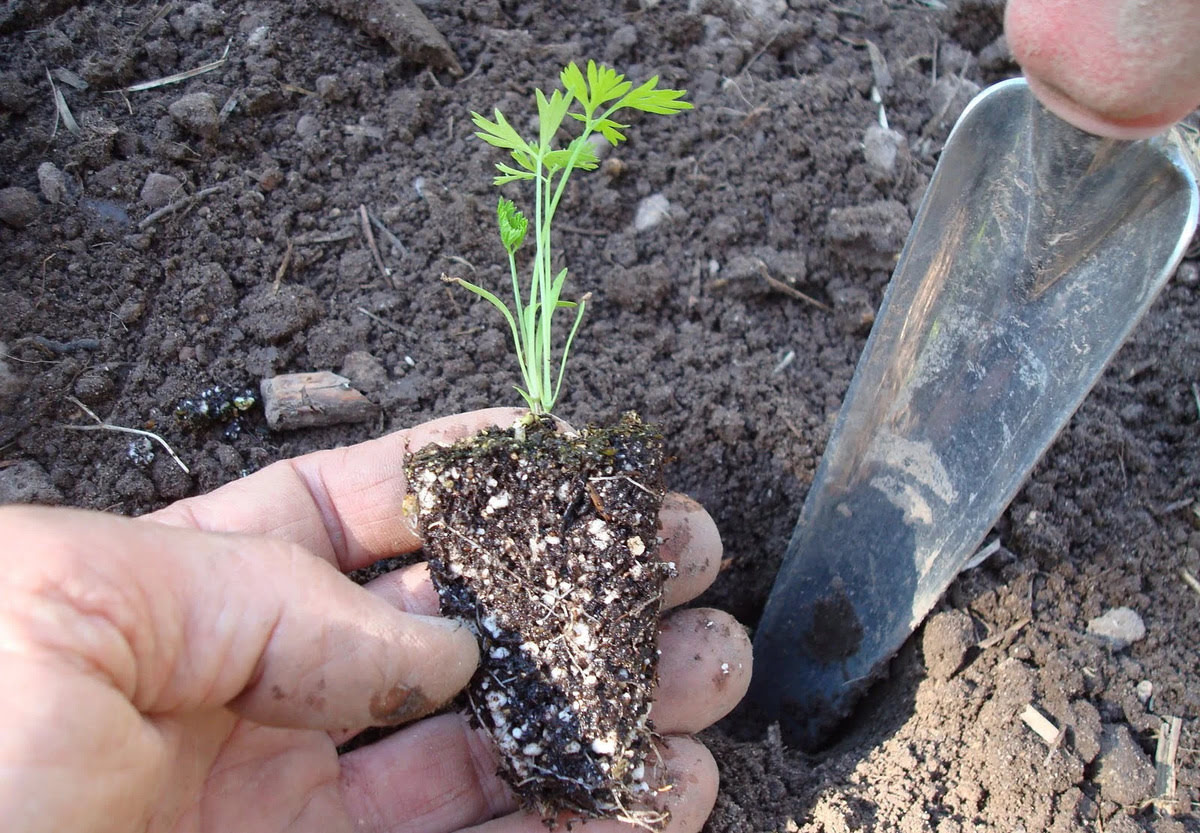Home>Types of Gardening>Edible Gardening>When To Transplant Morning Glory Seedlings


Edible Gardening
When To Transplant Morning Glory Seedlings
Published: January 3, 2024
Learn when to transplant morning glory seedlings in your edible garden for optimal growth and blooming. Discover expert tips for successful transplanting.
(Many of the links in this article redirect to a specific reviewed product. Your purchase of these products through affiliate links helps to generate commission for Chicagolandgardening.com, at no extra cost. Learn more)
Table of Contents
Introduction
Welcome to the enchanting world of morning glories, where the beauty of nature unfolds with each delicate bloom. As an avid gardener, you understand the joy that comes with nurturing plants from seedlings to full maturity. Morning glories, with their vibrant hues and heart-shaped leaves, hold a special place in the hearts of garden enthusiasts. Whether adorning fences, trellises, or arbors, these ethereal blossoms add a touch of whimsy to any outdoor space.
Transplanting morning glory seedlings is a crucial stage in their growth journey, and it requires careful consideration of timing, preparation, and aftercare. In this comprehensive guide, we will delve into the art of transplanting morning glory seedlings, exploring the ideal timing, essential preparations, and the nurturing care required post-transplanting. By understanding the nuances of this process, you can ensure that your morning glory seedlings thrive and grace your garden with their resplendent blooms.
Understanding Morning Glory Seedlings
Before delving into the intricacies of transplanting morning glory seedlings, it’s essential to gain a deeper understanding of these delicate plants. Morning glory seedlings, characterized by their tender, heart-shaped leaves and slender stems, embody the promise of nature’s beauty in its nascent form. As they emerge from the soil, these seedlings exude a sense of fragility, yet within them lies the potential to unfurl into majestic vines adorned with enchanting blossoms.
When nurturing morning glory seedlings, it’s important to recognize their sensitivity to environmental factors such as temperature, sunlight, and moisture. These young plants thrive in well-draining, nutrient-rich soil and require ample sunlight to fuel their growth. As they develop, their delicate roots seek space to spread and establish a firm foundation for the flourishing vines they will become.
Understanding the unique traits of morning glory seedlings empowers gardeners to provide the optimal conditions for their development. By observing the subtle cues of growth and adapting to the evolving needs of the seedlings, you can cultivate a strong, vibrant foundation for the future splendor of your morning glory blooms.
Ideal Timing for Transplanting Morning Glory Seedlings
Timing plays a pivotal role in the successful transplantation of morning glory seedlings. As these delicate plants continue their journey from seedlings to mature vines, the timing of the transplanting process significantly influences their ability to adapt and thrive in a new environment. The ideal time to transplant morning glory seedlings is when they have developed at least two sets of true leaves and the risk of frost has passed. This typically occurs when the seedlings are 3 to 4 weeks old, and outdoor temperatures consistently remain above 50°F (10°C).
By waiting until the seedlings have reached this stage of development, you allow them to establish a robust root system and sufficient foliage to support their transition. Additionally, transplanting during mild, overcast days or in the early evening helps minimize stress on the seedlings, as they are not exposed to the harsh midday sun.
It’s important to note that morning glories are sensitive to root disturbance, so transplanting them at the right time reduces the risk of stunting their growth or causing undue stress. By aligning the transplanting process with the seedlings’ developmental stage and favorable weather conditions, you provide them with the best opportunity to acclimate to their new surroundings and flourish in the garden.
Preparing for Transplanting
Before embarking on the transplanting journey, it’s essential to prepare the morning glory seedlings and their new growing site meticulously. Here are the key steps to ensure a smooth and successful transition:
- Amending the Soil: Prior to transplanting, enrich the soil in the new planting area with organic matter, such as compost or well-rotted manure. This enhances the soil’s fertility and provides essential nutrients for the seedlings’ growth.
- Choosing the Right Location: Select a well-drained, sunny spot for transplanting the seedlings. Morning glories thrive in full sunlight, so ensure that the chosen location receives at least 6 to 8 hours of direct sunlight daily.
- Preparing the Seedlings: Water the seedlings thoroughly a day before transplanting to ensure they are well-hydrated. This minimizes stress on the plants during the transplantation process.
- Hardening Off: If the seedlings have been growing indoors or in a protected environment, gradually acclimate them to outdoor conditions over the course of a week before transplanting. This “hardening off” process helps the seedlings adjust to outdoor elements, reducing shock upon transplantation.
- Spacing Considerations: Morning glories thrive when given ample space to spread and climb. Ensure that the chosen planting area allows for adequate spacing between the seedlings, typically 8 to 12 inches apart, to accommodate their vigorous growth.
By meticulously preparing the soil, selecting an optimal location, and ensuring the seedlings are primed for the transition, you set the stage for a successful transplanting experience. These proactive measures create an environment conducive to the seedlings’ growth and enable them to thrive as they acclimate to their new home in the garden.
Transplanting Morning Glory Seedlings
Transplanting morning glory seedlings is a delicate yet rewarding process that requires gentle handling and meticulous attention to detail. Follow these steps to ensure a seamless transition for the seedlings:
- Digging the Holes: Prior to transplanting, dig holes in the prepared soil that are slightly larger than the root balls of the seedlings. Ensure that the holes are spaced according to the recommended planting distance, allowing ample room for the seedlings to spread and climb.
- Transplanting with Care: Gently loosen the soil around the base of each seedling, taking care not to disturb the roots excessively. Lift the seedlings from their original containers, ensuring that the root systems remain intact.
- Placing the Seedlings: Carefully place each seedling into its respective hole, ensuring that the soil level matches the depth at which the seedlings were previously growing. Backfill the holes with soil, gently tamping it down to secure the seedlings in place.
- Watering the Transplanted Seedlings: After transplanting, water the seedlings thoroughly to help settle the soil around their roots and alleviate any transplant shock. Ensure that the soil is evenly moist but not waterlogged.
- Providing Support: If you have chosen to transplant the seedlings near a trellis or support structure, gently guide the young vines towards their designated climbing area. This encourages them to establish a strong grip and initiates their upward growth.
By approaching the transplanting process with gentle precision and attentiveness, you provide the morning glory seedlings with the best opportunity to thrive in their new environment. The care and consideration invested in this pivotal stage set the stage for the seedlings to flourish and adorn your garden with their resplendent blooms.
Aftercare for Transplanted Seedlings
After transplanting morning glory seedlings, diligent aftercare is essential to support their acclimation and continued growth. Consider the following practices to nurture the transplanted seedlings:
- Watering: Maintain consistent moisture in the soil to support the establishment of the transplanted seedlings. Water the plants deeply when the top inch of soil feels dry, ensuring that the root zone receives ample hydration without becoming waterlogged.
- Mulching: Apply a layer of organic mulch, such as straw or shredded bark, around the base of the transplanted seedlings. Mulch helps retain soil moisture, suppresses weed growth, and moderates soil temperature, creating a favorable environment for the young plants.
- Monitoring Growth: Regularly observe the transplanted seedlings for signs of new growth and overall health. Healthy, vigorous growth indicates successful acclimation, while any signs of wilting or stunted development may necessitate adjustments in care.
- Support and Training: As the morning glory seedlings begin to climb and twine, provide gentle support and guidance by securing their tendrils to the trellis or support structure. This encourages upward growth and helps shape the vines as they ascend.
- Fertilization: After the transplanted seedlings have become established and displayed significant growth, consider applying a balanced, water-soluble fertilizer to bolster their nutrient intake. Follow the manufacturer’s recommendations for dilution and application frequency.
By tending to the transplanted morning glory seedlings with attentive aftercare, you foster an environment conducive to their continued development and eventual blooming. The nurturing support provided during this critical phase sets the stage for the seedlings to thrive and fulfill their potential as breathtaking, flourishing vines in your garden.
Conclusion
Transplanting morning glory seedlings is a transformative process that invites gardeners to play a pivotal role in nurturing the delicate promise of nature. By understanding the ideal timing for transplanting, meticulously preparing the seedlings and their new growing site, and providing diligent aftercare, you set the stage for the seedlings to thrive and grace your garden with their enchanting presence.
As you embark on this journey, remember that each step, from tenderly lifting the seedlings from their containers to guiding their upward climb, is an opportunity to connect with the profound resilience and beauty of nature. Through your attentive care and unwavering dedication, you cultivate a flourishing haven where morning glories can unfurl their vibrant blooms and inspire awe.
May the vibrant hues of morning glories and the tender grace of their vines serve as a reminder of the enduring magic found in nurturing life and witnessing its wondrous growth. Embrace this journey with reverence, and let the ethereal beauty of morning glories enrich your garden and your spirit, creating a tapestry of natural wonder that unfolds with each delicate blossom.
